INTRODUCTION
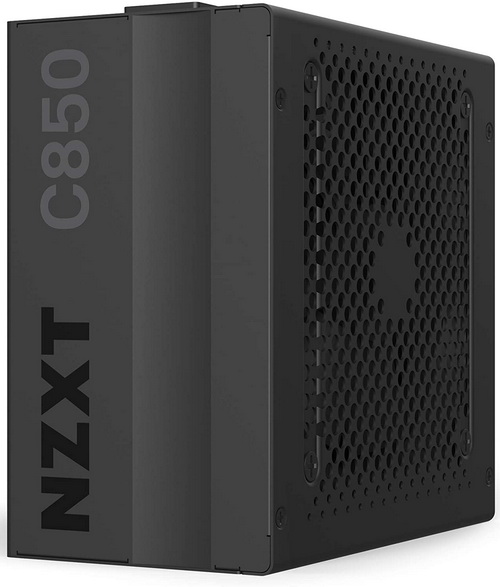
The pros of having a good power supply unit in your system have been mentioned by me more times in the 13 years I’ve been doing reviews than i can possibly count really. Still, it seems that many people out there place this specific hardware component last after pretty much everything else (and yes, unfortunately I happen to have many examples of that). The good news is that compared to even just 5 years ago people actually care which 80 Plus efficiency a PSU has and yes, even which brand makes it. NZXT may not have the foothold other brands have in the market when it comes to power supply units but their C850 Gold model seems to be very popular (especially among gamers) and that’s why I decided to test it out.
Founded in 2004, NZXT is a leader of gaming products and services. Their award-winning products include computer cases, PC cooling solutions, RGB lighting kits, power supplies, and their free PC monitoring software, NZXT CAM. NZXT was created out of a passion for PC gaming and is dedicated to improving products and services to achieve extraordinary gaming experiences.
The ΝΖΧΤ C850 Gold is an 850W (958W peak) output fully modular power supply unit (also available in 650/750W models) that features the 80 Plus Gold certification for up to 90% electrical efficiency. It also packs a powerful 70A single +12V rail which can deliver roughly 95% of the units’ entire power output (840W), Japanese manufactured capacitors, zero RPM fan mode, ATX v2.4 and EPS12V v2.93 support and several electrical protections including OVP (over-voltage), UVP (under-voltage), SCP (short-circuit), OPP (over-power), OCP (over-current), SP (surge), ICP (inrush-current) and OTP (over-temperature). Last but certainly not least NZXT shows their confidence on the entire C series of power supply units by covering it with a generous 10-year limited warranty.
SPECIFICATIONS AND FEATURES

PACKAGING AND CONTENTS
Just a large product picture and the model name can be seen at the front of the box.

 NZXT has printed the main product features on both sides in 11 languages.
NZXT has printed the main product features on both sides in 11 languages.
The product features and specifications are printed at the rear of the box in 3 languages and right over the electrical table.
Once you open the box you will see a short message by NZXT in 10 languages.
As usual the PSU is placed between two thick pieces of cardboard (and wrapped inside a synthetic bag) while the rest of the bundle is placed next to it inside a storage pouch/bag.
Along with the C850 and its power cord and modular cables you're also getting 4 mounting screws and the user manual.
THE C850 EXTERIOR
For both the motherboard (24pin) and PCIe power cables NZXT used sleeved ones while for everything else they used flat low profile ones.
The C850 is a fully modular model that measures 150mm in width, 150mm in length and 86mm in height.
A 120mm FDB (fluid dynamic bearing) fan is placed at the top beneath a regular grill.
Both the company and model names are printed on both sides of the enclosure.
Turning the PSU over we find a large sticker containing the electrical specifications table.
All 11 modular connectors are tagged and different in size/shape.
At the rear we find the typical honeycomb perforation, power on/off switch, zero fan button and the power port.
THE C850 INTERIOR
The 120mm fan used is manufactured by Hong Hua Electronics and can reach speeds of up to 2200RPM to produce airflow levels of up to 73.9CFM with up to 32.4dBA of noise.
Judging by the design of the platform this unit is probably manufactured by Seasonic.
The primary capacitor is manufactured by the Japanese Nippon Chemi-Con and is certified for use up to 105 degrees Celsius.
Secondary capacitors are manufactured by United Chemi-Con and are also certified for use up to 105 degrees Celsius.
TEST BED
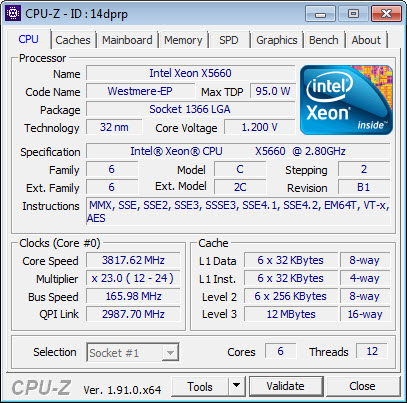

TESTING METHODOLOGY
Using a dedicated measurement instrument such as a Chroma or a SunMoon to test power supply units is without doubt the most ideal and accurate way (not to mention the fastest) to do that currently. However, it's certainly not the only way there is and so pretty much anyone can test a power supply unit just by using a test rig. Certainly, limitations do apply and so you can't really push a 1000W power supply to its limits if your system only uses 500W at peak loads and that's why over the years we saved certain hardware components for the purpose of building a dedicated PSU test rig. True it may not be as accurate as the above mentioned solutions but it comes really close and is in fact much closer to real world usage. So as always, we ran several games with maximum graphic options enabled at a resolution of 2560x1600 in order to stress every hardware component and increase the overall power demands of the system. The Passmark BurnIn Test was also used to overstress the components in an effort to provide the most accurate results possible. As a final test we also used the latest OCCT 4.4 software and its dedicated PSU testing suite since it can really bring a power supply to its knees after inside a few minutes.
Rail stability was checked/measured with the CPUID Hardware monitor and a Metex multimeter which also recorded the system load in idle and in load. As always try to remember that the power consumption numbers listed in the graph are the highest (Peak) ones recorded during the entire duration of the tests and not the average ones. Noise levels coming from the fan were recorded using the high precision HD600 ExTech Sound dBA Meter from the rear of the unit and at a range of no more than 5-10cm. Readings under load are recorded the exact moment we manually switch the fans of all graphics cards from full speed to almost zero, that way the fan of the power supply does not have enough time to slow its RPM and so by doing this we get very accurate noise level readings. Needless to say, in order to get 100% accurate readings, you need to have a noise isolated room for that exact purpose, something which is quite impossible unless you are working inside a real lab (some people use very small noise insulated boxes but due to their size both heat and noise exceed normal levels and so the results can't really be considered to be 100% accurate, nor realistic for that matter). Also do take into account that since all noise measurements take place from just 5-10cm away the final noise levels to reach your ears will be considerably less.
* After well over 10 years of testing PSUs the Intel Core i7-920 CPU of this rig failed and so we replaced it with a Xeon X5660 (we also swapped the GA-X58A-UD7 for the G1. Assassin).
TEST RESULTS



CONCLUSION
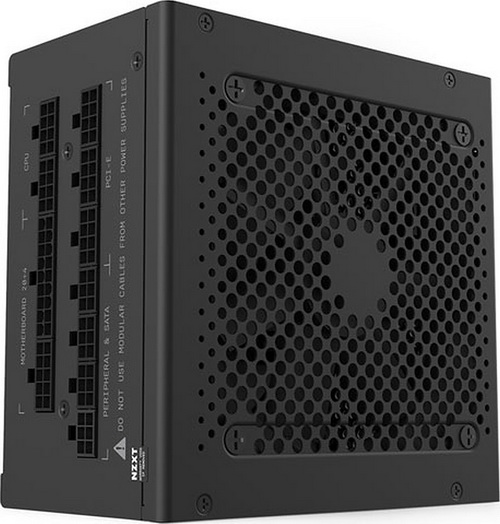
The C850 power supply unit by NZXT may already count over a year in the market but it’s still a fully modular quality PSU that offers very good rail performance (even tighter compared to many newer PSU models by numerous manufacturers), 850W output, 80 Plus Gold electrical efficiency, an array of electrical protections and Japanese made capacitors. On top of that add the 10-year limited warranty NZXT covers the entire C series with and you’re getting a very appealing package. Unfortunately, the 120mm fan by Hong Hua did become quite noisy during tests and more specifically when the test rig reached its peak consumption but any fan with a RPM range of up to 2200RPM wouldn’t be inaudible.
At the time of this review the C850 Gold power supply unit by NZXT retails for USD142.04 inside the USA (Amazon.com) and for 121.57Euros inside the EU (Amazon.de) so it’s priced just a tad higher than what I was hoping for. Still, you always get what you pay for and this is a fully modular 80 Plus Gold model manufactured by Seasonic and covered by a 10-year limited warranty and so it goes without saying that it deserves the Golden Award.

PROS
- Build Quality
- Very Good Rail Stability
- 80 Plus Gold Certified
- Fully Modular (Future Proof)
- Electrical Protections
- 10 Year Limited Warranty
CONS
- Noisy At Over 80% Capacity

 O-Sense
O-Sense










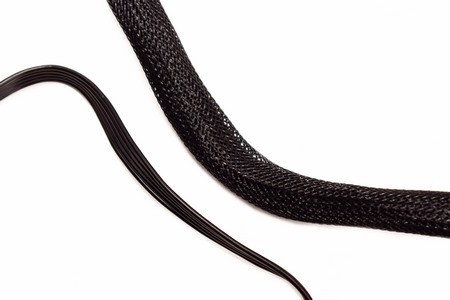

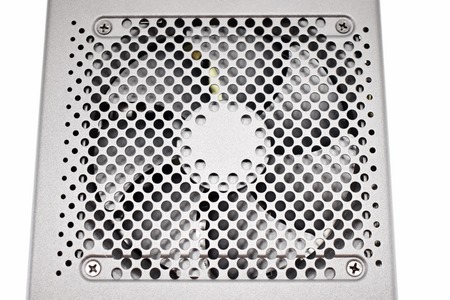







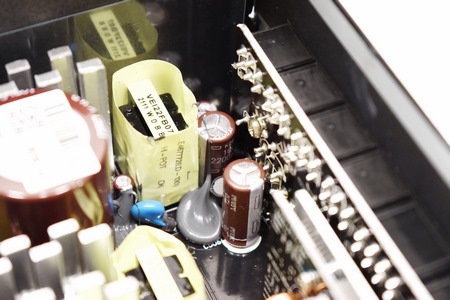


.png)

